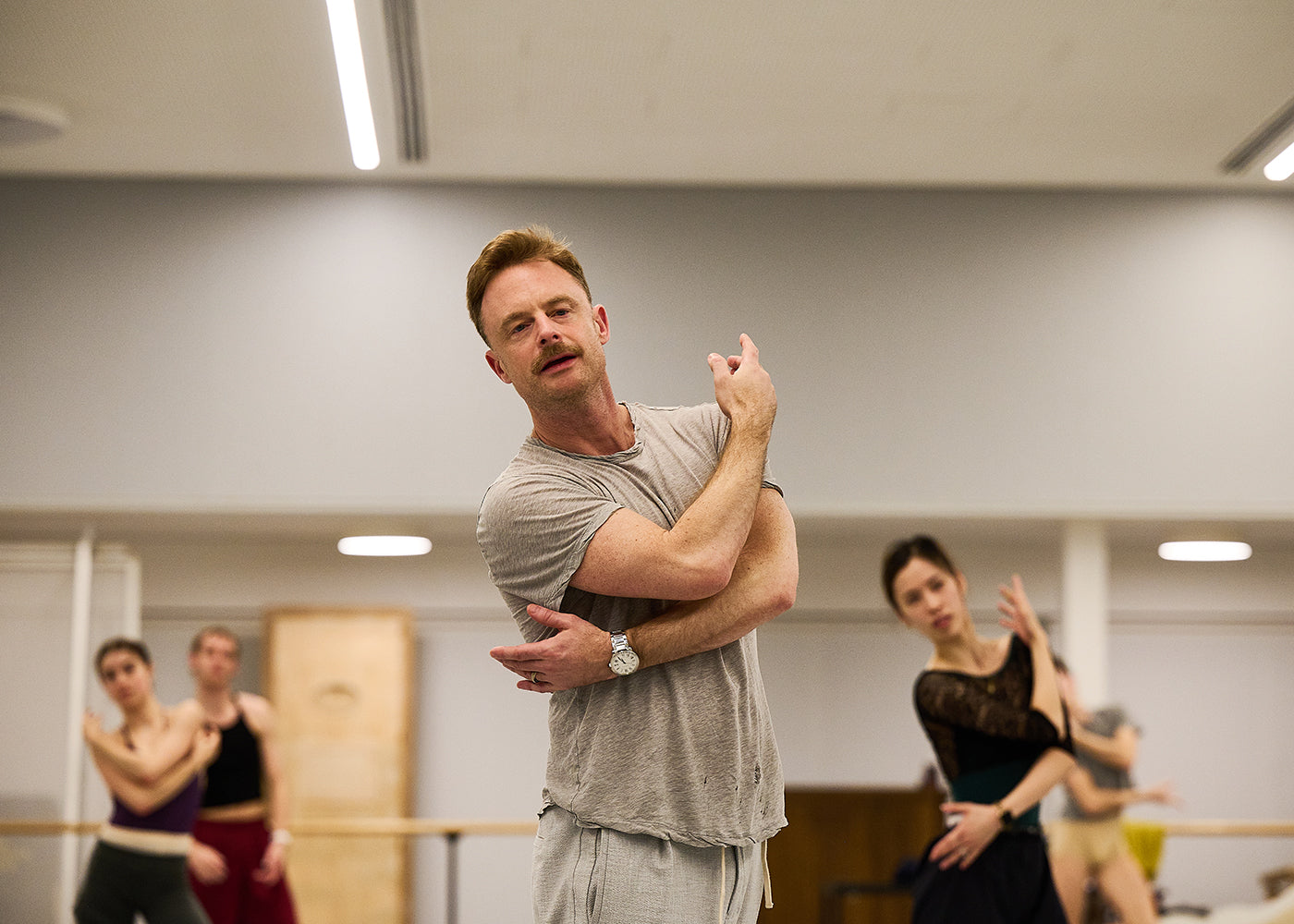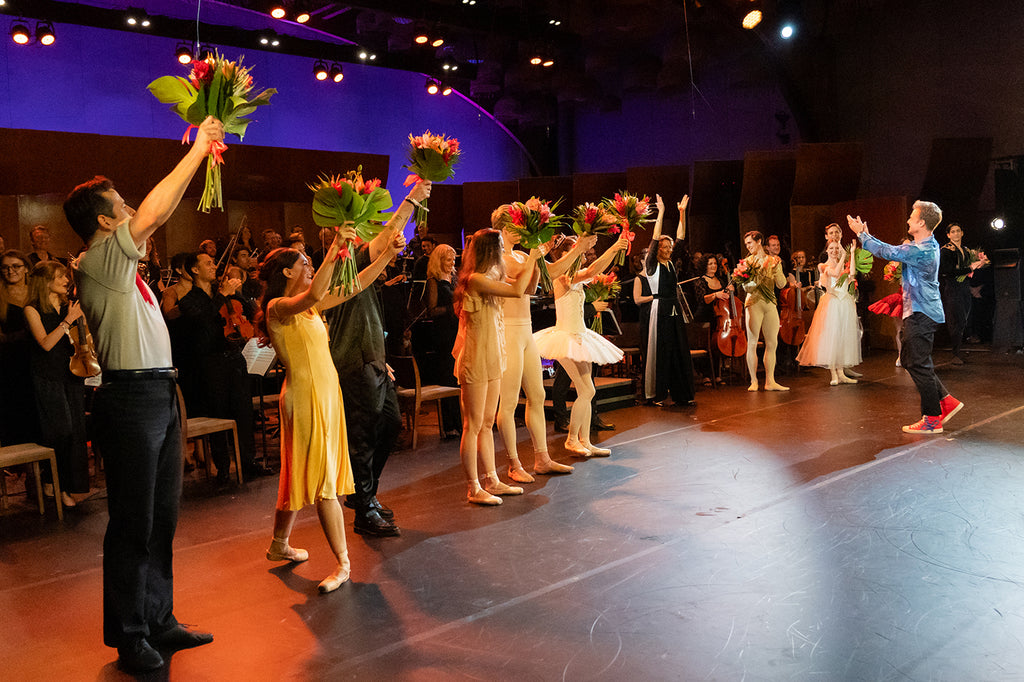How did you get involved with the Paax Festival, which is now in its third year?
Alondra and I have been friends since Morphoses. When I had my company in New York, for our second season, her orchestra, the [Philharmonic] Orchestra of the Americas, was the accompanying orchestra. We were brought together by the Rockefeller Brothers Foundation. They were supporting me, and they were supporting her, and thought it would be a very good match. That’s how we became friends, first creatively, then we became great friends. I’m the godfather to her son.
I’ve been a part of this [festival] since the beginning. Alondra did a wonderful thing during the pandemic. She made a film called, The Impossible Orchestra. She brought all of these incredible, high-level musicians, like she brings here, together to make a film. We were all quarantining, so we couldn’t be together. I made a piece of choreography for it, and this festival was sort of born from that idea of bringing the “Impossibles” together.
For her, in a way, it’s more unusual, because these high-level soloists rarely play together as an ensemble, if ever. Our dance format is a bit more like a gala. These galas happen all the time, but I try to bring interesting combinations of people. Each year we’re doing more new choreography. This year we have two premieres, [and] next year we have to expand that, so we’re building as we go.
Last year you returned to City Ballet after six years to make a work on Sara Mearns, who was scheduled to appear at this festival, but had to bow out. What was that like for you?
We had Unity [Phelan] come down in her place. It was lovely to go back. The company is very different now; it’s a new generation. I love them, and really very much enjoyed working with them. It always feels a little bit like coming home, but the longer I go between new pieces there, the more the company changes. It’s old, but it’s new.
It feels very familiar yet very unfamiliar. But I enjoyed working with the new generation of dancers, and of course making something for Sara is always a very unique, exciting, [and] interesting experience. We have some history now together, too. I also wanted to make something for her, [because] she’s coming back from a really quite difficult, challenging period [of depression], so in making something that helped her come back to the stage was important to me, and I know to her, as well.
Switching tracks now, how were you tapped to direct and choreograph, “An American in Paris?”
“An American in Paris was not my first Broadway show. I actually choreographed a show, back in 1990—“The Sweet Smell of Success,” based on the movie [with Burt Lancaster and Tony Curtis]. Marvin Hamlisch wrote the music, John Guare wrote the book, and Nicholas Hytner directed, and I choreographed it. I was 28 or 29; it was not successful.
Something like Mark Morris’ Broadway debut as director of “The Capeman,” which ran for 68 performances in 1998 and had music by Paul Simon?
Yes, [but I think that] “Success” was actually a very good show. At some point, it should be revived.
So, after a run of 109 performances, with a great cast that included John Lithgow, Brian d’Arcy James and Kelli O’Hara, it closed in 2002. But from that you got the Broadway bug?
I did, and then it was a very long time—it was almost 10 years, actually maybe even more [until “An American in Paris”].
What was that like, finally helming and choreographing your first Broadway show?
For me, very exciting. I grew up going to see musicals. My parents took me as a kid. That’s what I wanted to do. In some ways I would have preferred to have done musical theater. But I’m not a singer. My body was very suited to ballet. I had all the right parts in the right places—and arched feet. It made sense that I became a ballet dancer. I got to come around to [Broadway] later.












comments